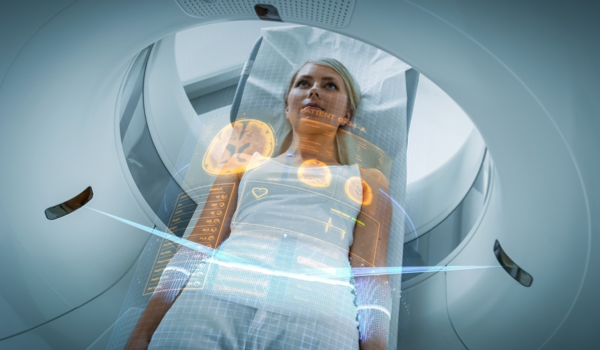


SAO PAULO - This is a time of great demand, costs, and access challenges in the healthcare sector that has led to an urgent need for efficient, safe, and effective technological advances.
In addition to aging, shrinking populations, this renewed urgency for new technologies in the field is largely due to the COVID-19 pandemic, which caused huge, unprecedented levels of change in the requirements, demands, and models of healthcare assistance all over the world.
The rise of telehealth is particularly striking, and has helped spur innovation, especially in radiology and diagnostic imaging.
There has also been a constant increase in the demand for computed tomography (CT) and magnetic resonance imaging (MRI), but this has neither been accompanied by a corresponding surge in the quantity and territorial distribution of available equipment, nor in the number of qualified professionals - including radiologists, technologists, technicians, and biomedical doctors - available to operate them. In a study presented at the 2021 Radiological Society of North America conference, data showed that, even before the pandemic, the growth in demand for imaging tests in the United States was around 5 percent greater than the capacity to train new radiology professionals between 2012 and 2019.
In Brazil, a similar increase in demand has been confirmed by the growing number of diagnostic imaging services. Data from the 2021 Brazilian Association of Diagnostic Medicine panel showed that, at the end of 2020, there were approximately 24,500 establishments linked to the activities of diagnostic and therapeutic healthcare services in the country. Of this total, around 6,000, or 24.7 percent, were from diagnostic imaging service units. The panel points to average annual growth of over 10 percent in the sector during the last 10 years.
More and better
The content herein is subject to copyright by The Yuan. All rights reserved. The content of the services is owned or licensed to The Yuan. Such content from The Yuan may be shared and reprinted but must clearly identify The Yuan as its original source. Content from a third-party copyright holder identified in the copyright notice contained in such third party’s content appearing in The Yuan must likewise be clearly labeled as such. Continue with Linkedin
Continue with Linkedin
 Continue with Google
Continue with Google










 1203 views
1203 views







